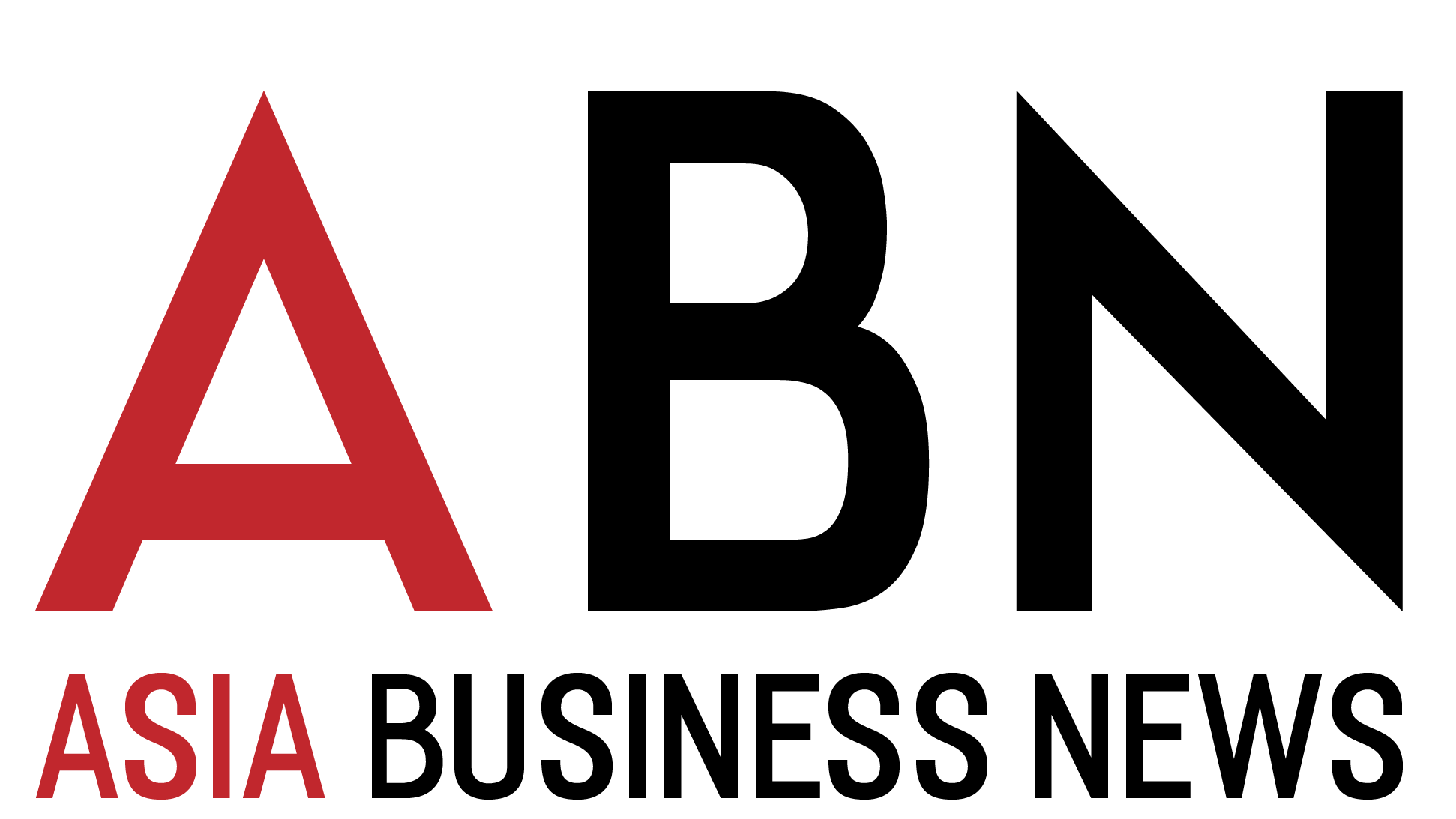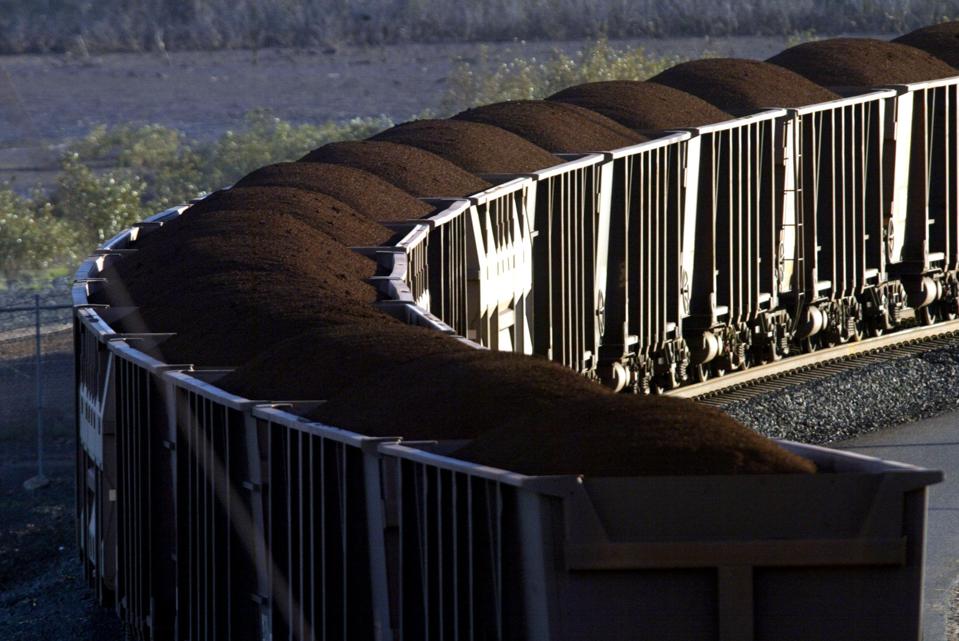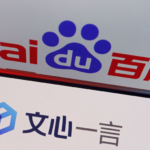Today, investors have lowered their dividends, with a 26% dividend lowering BHP Billiton’s annual profit, bringing the world’s largest mining company’s share price by 1.5%.
Although the company’s net profit fell from $13.7 billion to $10.2 billion in 12 months, the stock price rose to $42.
Iron ore is a major contributor to BHP Billiton’s annual profit, but copper is catching up quickly. (Fairfax Media via Getty Image via Getty Image)
Fairfax Media By Getty Images
Revenue and Other Fees before Tax (EBITDA) fell from $29 billion to $25.9 billion.
Shareholders will receive a final dividend of 60 cents per share, with a final expenditure of 74 degrees Celsius 14c in the previous year, with an annual distribution of $1.10, while 2024 earnings of $1.46
Iron ore is the largest profit generator for BHP, the world’s lowest-cost producer of large steel miners, contributing $14.4 billion from the EBITDA Group, thanks to $18.9 billion in the previous year, thanks to falling iron ore prices.
Copper is rapidly becoming the company’s main profit generator, with EBITDA contributing $12.3 billion, a 44% increase from $8.6 billion the previous year.
Coal trouble
Profits from coal, mainly metallurgical or steel-made materials, fell from $2.3 billion to $573 million, and warned management that high Australian taxes and royalties could shut down marginal cost mines.
Unless the price of metal (used to make stainless steel and used for rechargeable batteries) increases, the company’s nickel business may be sold.
Nickel affluence from low-cost mines in Indonesia has disrupted the global nickel business, and Billiton is expected to continue its surplus in the near term.
Mike Henry, CEO of BHP. (Wayne Taylor / Australian Financial Review by Getty Images)
Fairfax Media
BHP CEO Mike Henry focuses on strong production of the company’s business, including record production of iron ore and copper.
“The Treasury 2025 is another strong year for BHP Billiton, with record production, ongoing sector leadership and disciplinary capital allocation,” he said.
Henry said there is a need for the prospect of commodities to blend together.
“Growing to 3% or slightly lower in the short term due to changes in trade policy, but demand for commodities remains strong, especially in China and India,” he said.
Investment in new projects is expected to dominate news flow from BHP Billiton over the next two years, which continued last year’s trend, when capital expenditure for mine development reached $10 billion, twice as much as three years ago.
Capital expenditures on development and exploration are expected to be $11 billion this year and next, before falling to $10 billion in external years.
The first potassium fertilizer in 2027
Canada’s Jansen Potash project is the company’s main development focus, with the company’s first commercial production of crop fertilizers scheduled to take place in mid-2027, while Jansen’s second phase has been postponed.
Investment analysts welcome the RBC’s capital markets of the bank Royal Canada bank told clients that dividends are better than expected and costs are lower than expected.
Royal Bank of Canada (RBC
“The company is balancing the shift to growth (i.e. copper) and is continuing to pay compelling dividends, thus increasing the investment case.”











